The belt is made up of three individual stars: Alnitak, Alnilam, and Mintaka. The three stars look like they are right next to one another, right? I know it may look this way but in reality they are many many light years (or the distance it takes to travel at the speed of light in one year) away from one another.
Think of it this way. You are sitting at a table and have three grapes sitting in front of you. You take the first grape and put it one foot away from you on the table. The next you put two feet away from you and just to the right of the first. The final grape you set on the edge of the table on the other side and again just to the right of the other two. Then, you kneel down and look at the grapes at eye level. They look like they are right next to one another but in reality they are spread out over a distance. This is the concept with the three stars that make up Orion's Belt.
But this blog is not about Orion's Belt, it is about the two massive stars that stand out in it: Rigel and Betelgeuse.
Let's look at a photo of the two stars to help us understand where they are in the constellation:
Rigel is the brightest star in the constellation Orion and one of the brightest stars in the night sky. It is around 850 light years away, or, if you were traveling at 700,000,000mph it would still take 850 years to get to Rigel from Earth. Earthsky.org puts this in perspective, "In other words, the light you may see from Rigel some spring or winter night, started on its journey at least 250 years before Columbus sailed across the Atlantic!"
The star itself is called a blue supergiant. It literally is a giant! To understand the size of the Rigel we must first understand the size of our own Sun when compared with the Earth. Look at this image:
Then, I learned about the other stars in the universe. Check out this image of Rigel when compared to our own Sun, or Sol.
Rigel has run out of fuel and is expanding. The blue color comes from the temperature it burns at. The hottest stars are blue and the "coolest" stars are red. Our Sun is in the middle with a yellow color.
Here is a close up of Rigel from space:
Betelgeuse is one of the largest and luminous starts known to the human race. If it were at the center of our Solar System, its surface would extend past the asteroid belt possibly to the orbit of Jupiter and beyond, wholly engulfing Mercury, Venus, Earth, and Mars. Betelgeuse is about 600 light years away so the light we see from the star today is 600 years old.
Remember how I said Rigel was a giant? Well Betelgeuse dwarfs Rigel! Look at this photo and keep in mind the other size comparisons from above.
If you were to stack multiple Earths inside the Sun to fill up the entire area it would take over 1 MILLION Earths!
BUT, if you were to fill up Betelgeuse with multiple Suns it would take 1 BILLION SUNS just to fill the inside.
Now let's talk about the future of these stars:
Rigel and Betelgeuse represent two very distinctive stages of a star's life. After a star with more than 10 solar masses, or 10x the mass of our own Sun, burns through its hydrogen it will become a red supergiant. Betelgeuse is an example of this.
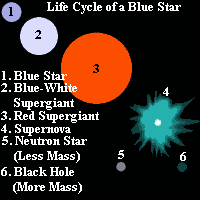
A titanic explosion that will crush the core of the star into a black hole, while blasting the outer layers of the star into space. This explosion is called a Supernova. Supernovas shine for months until they finally burn out. What's left? An extremely massive neutron star that cannot support itself in space.
Think of it this way. If you took a spoonful of a neutron star it would weigh 100,000,000 tons! Eventually some of these stars collapse and form one of the scariest things in the universe, a black hole.
There are additional calculations and solar masses and difficult astronomy terms that decide which stars go supernova, which stars just burn out, and which stars become black holes but it's confusing.
I will say that our own star will not supernova. The Sun, around 5 billion years from now, will grow to the size of a giant and engulf the Earth as it tries to fuse different elements. Eventually it will run out of fuel and shrink/cool into a white dwarf. Over time this white dwarf will cool and dim into a black dwarf. Black dwarfs are theorized to become giant diamonds. If you find yourself in space look for giant diamonds floating around!
Sources:
Aside from the images and one quote which are cited I used my own knowledge of Astronomy to write this blog.
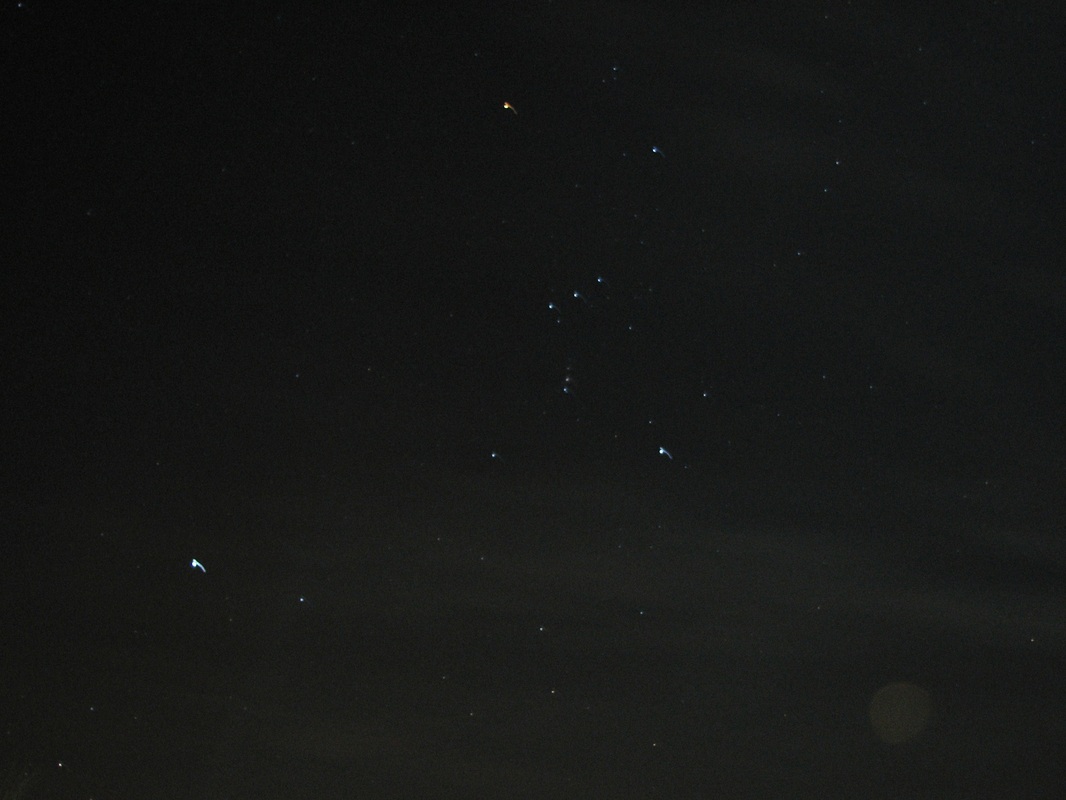
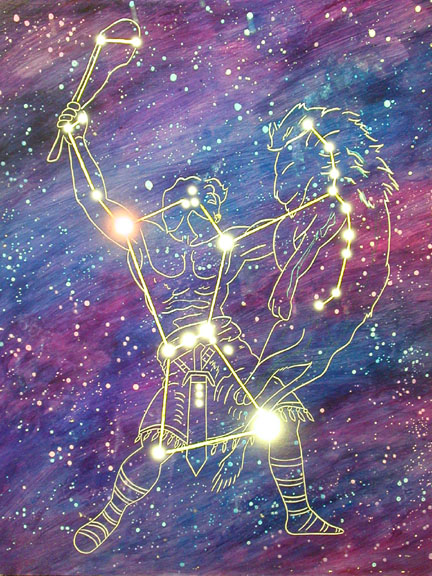
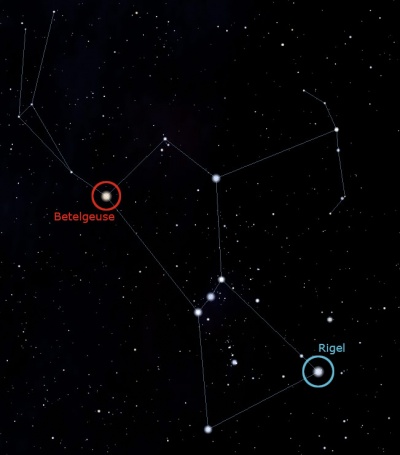
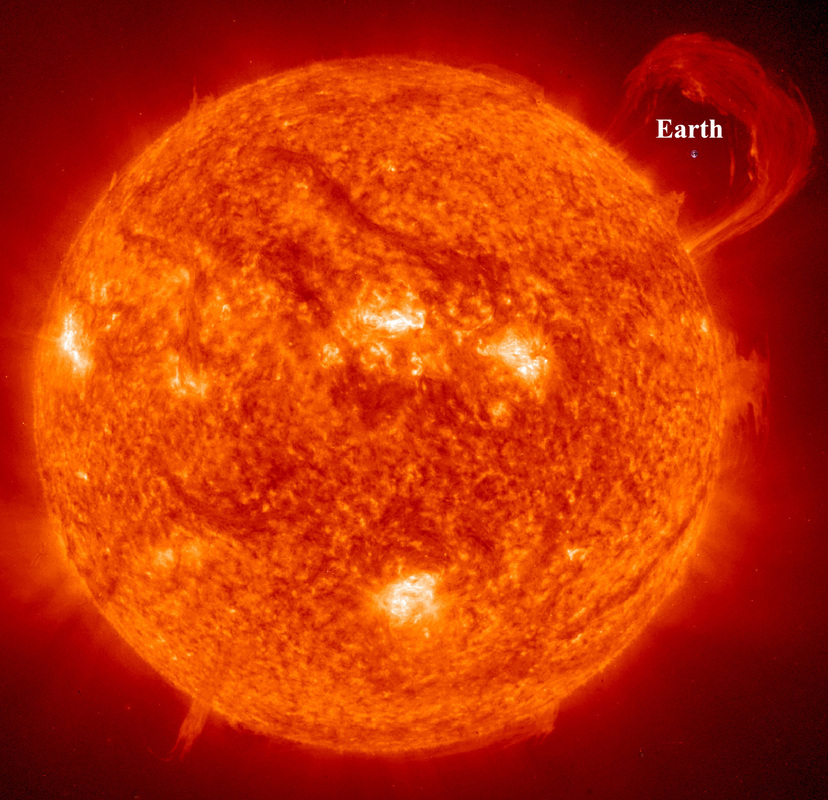
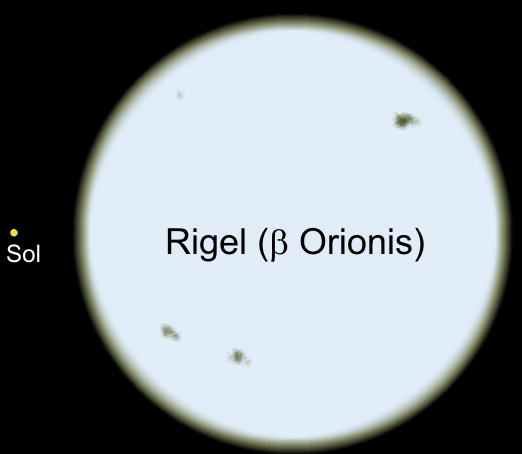
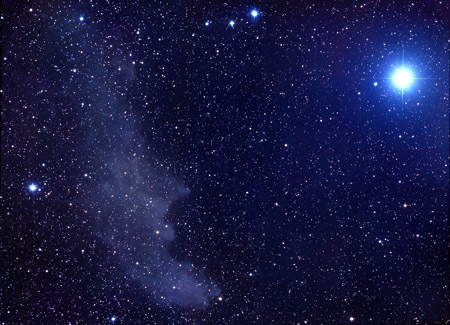
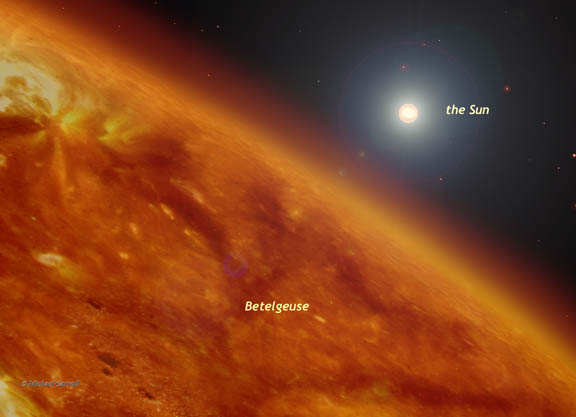
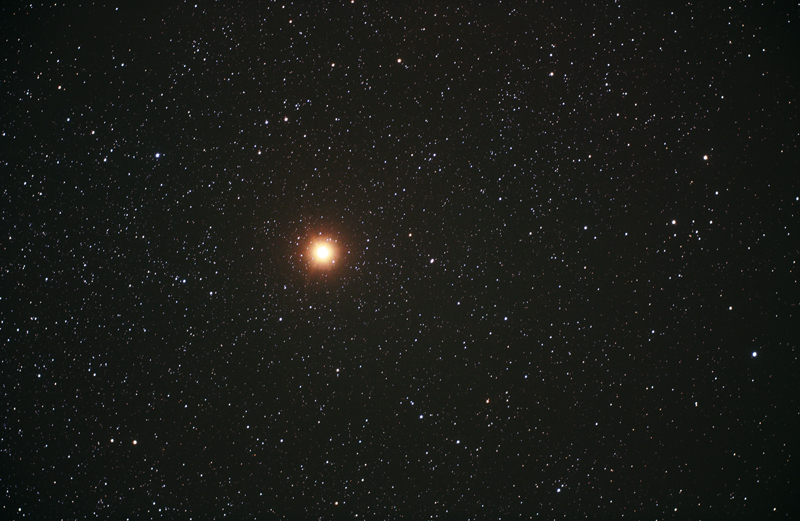
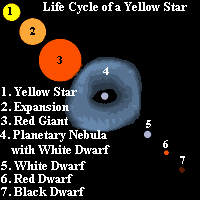
 RSS Feed
RSS Feed
